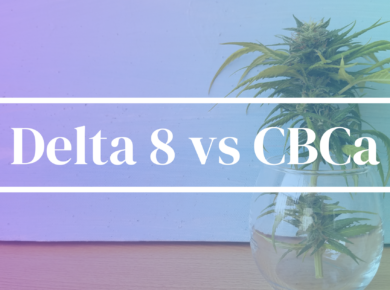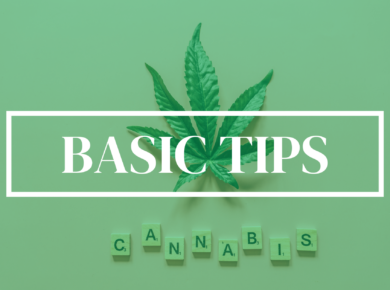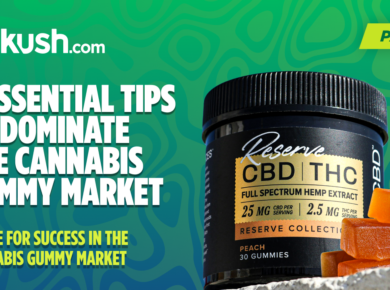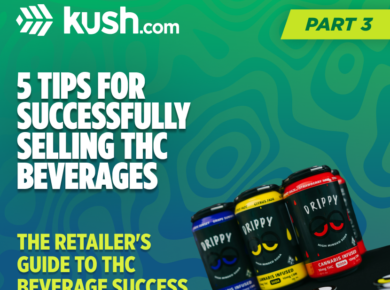THC (Delta 9-THC) and CBL (Cannabicyclol) are both cannabinoids derived from the hemp and cannabis plants. Their primary distinction comes from their psychoactive properties and their unique interactions with the endocannabinoid system.
Delta 9-THC, commonly referred to as THC, is the renowned cannabinoid known for causing the “high” associated with cannabis consumption. This psychoactive effect arises from THC’s direct interaction with CB1 receptors in our brain.
On the flip side, CBL is a less abundant cannabinoid that remains under-researched. Forming primarily due to the degradation of cannabinoids, especially CBC (Cannabichromene), CBL doesn’t directly bind with CB1 or CB2 receptors. As a result, it doesn’t induce psychoactive effects like THC does.
When you examine the nuances of their interactions with the body’s endocannabinoid system, THC directly engages with CB1 receptors, resulting in its psychoactive properties. In contrast, CBL remains non-psychoactive since it doesn’t form a direct bond with either CB1 or CB2 receptors.
Many States allow hemp derived cannabinoids under the 2018 Farm Bill as long as they contain less than .3% D9 THC. Some States have explicitly banned cannabinoids like Delta 8, so check your local rules and regulations before purchasing.
Here’s the rules for Kush.com and more details
Frequently Asked Questions (FAQs) What are THC and CBL?
- THC, or Delta-9-Tetrahydrocannabinol, is the famous psychoactive compound found in cannabis. In comparison, CBL, or Cannabicyclol, is a lesser-known, non-psychoactive cannabinoid formed mainly from the degradation of CBC (Cannabichromene).
How do THC and CBL differ in their effects?
- THC is notorious for its mood-altering capabilities, whereas CBL doesn’t produce any such psychoactive effects. Current research is still exploring the precise impacts of CBL.
Are THC and CBL present in both hemp and cannabis?
- Both hemp and cannabis contain THC and CBL. However, while hemp is limited by law to less than 0.3% THC, cannabis might have up to 30%. CBL is found in minimal concentrations in both plants.
Can one source CBL from hemp or cannabis products?
- Indeed, both hemp and cannabis products can contain CBL. Yet, since CBL develops mainly through other cannabinoids’ degradation, older hemp or cannabis plants tend to have higher CBL levels.
How are THC and CBL extracted from these plants?
- The extraction process for both THC and CBL is similar, typically involving solvents like ethanol or CO2. The resultant extract undergoes further processing to isolate particular cannabinoids.
Shop
Similar Product Searches You Might Be Interested In:






